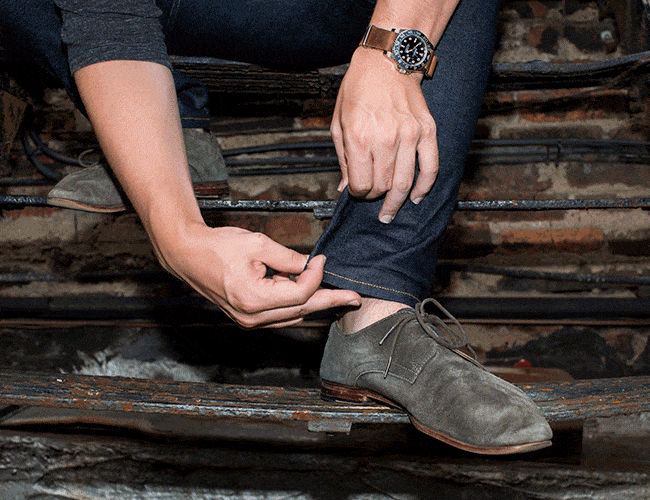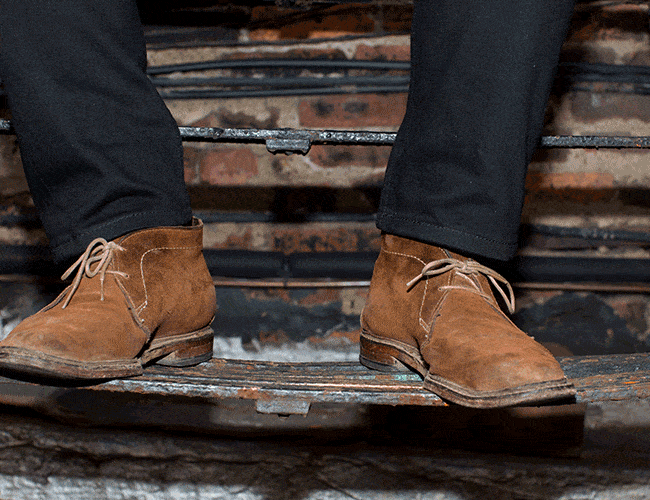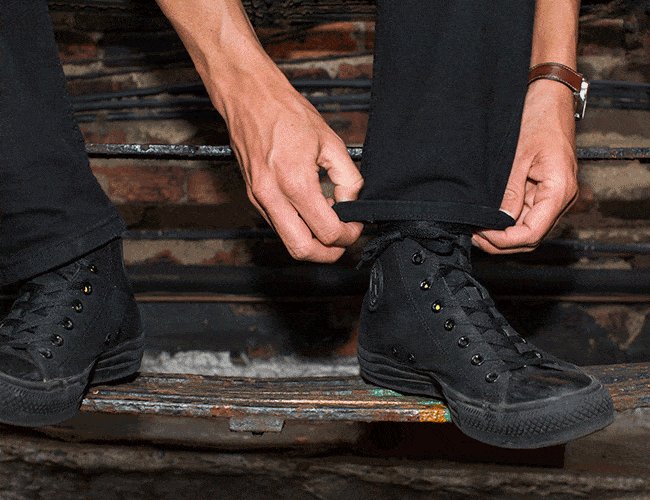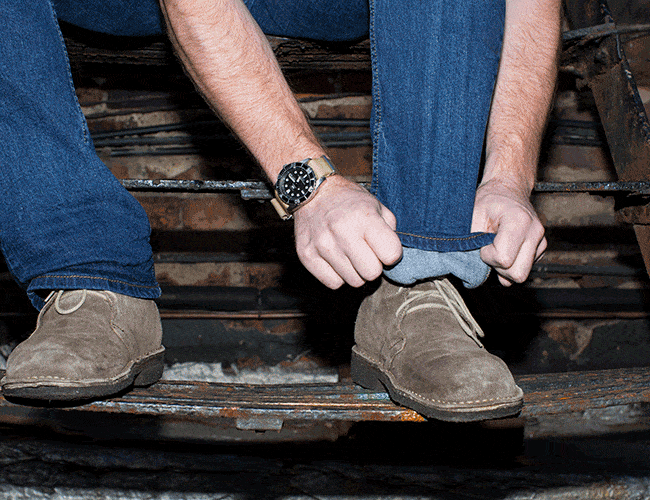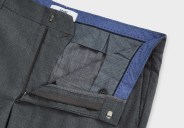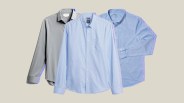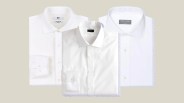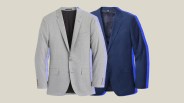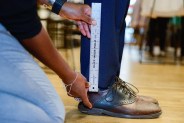Cuffing your pant legs can bring style to almost any outfit or perfectly accentuate your kicks. But there’s methodology behind every cuff, and it all starts when you buy a pair of pants.
Why you should cuff your pants at all
Over the years, jean cuffing for aesthetic purposes has grown and fallen following popularity and trend status. Cuffing your jeans is a way to show off your personal style.
But even if you’re not into styling yourself along the trends, cuffing your jeans is a way to keep the hems at the bottom from fraying and accumulating dirt; this allows your jeans to last longer. It’s also a way to make a long pair of jeans appear the right length.
Why your pants matter
If you want to crop your pants, make sure to buy an inseam length that is one to two inches longer than your normal inseam, giving you plenty of space to make the cuff without turning your pants into capris.
Cropped pants are cool, of course, but usually only in summer months, when you can wear huaraches, loafers or sandals without worrying about freezing your feet and ankles off.
Denim weights are important, too. The heavier the weight, the more durable the pair. But don’t go much thicker than 14.75 ounces — the material doesn’t take a fold as readily and can bunch up, making your pants look less cuffed and more rolled.

